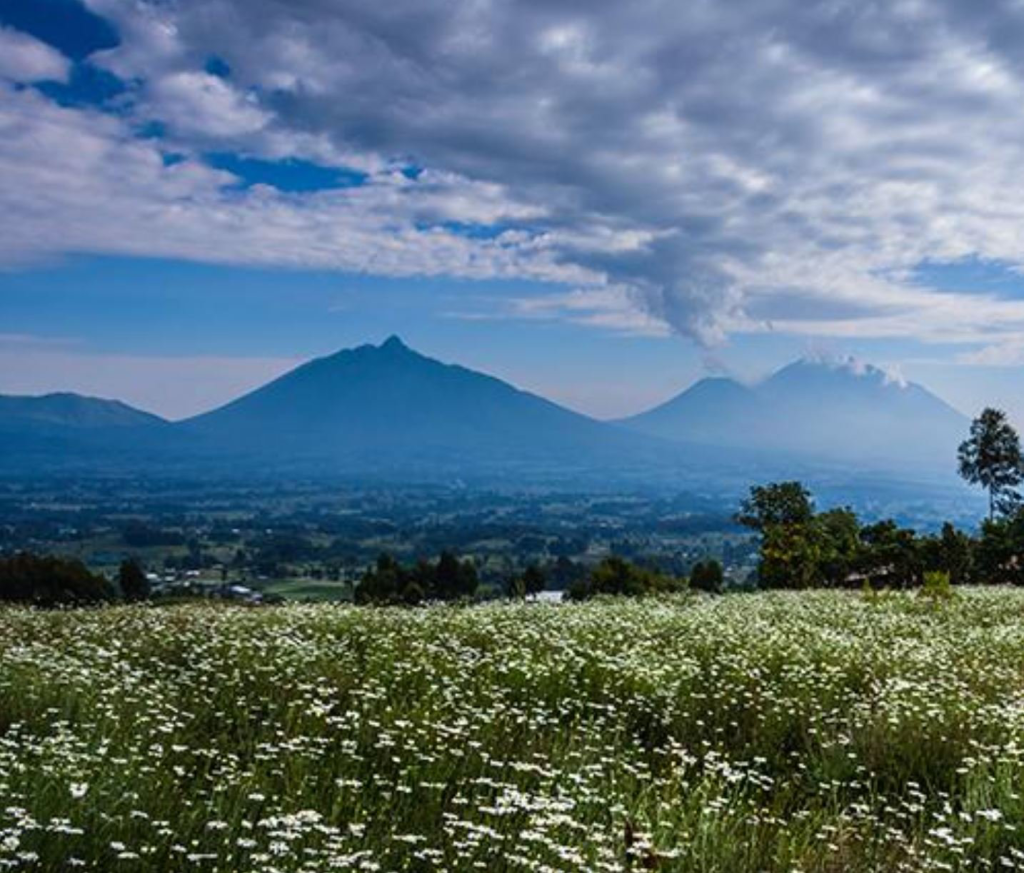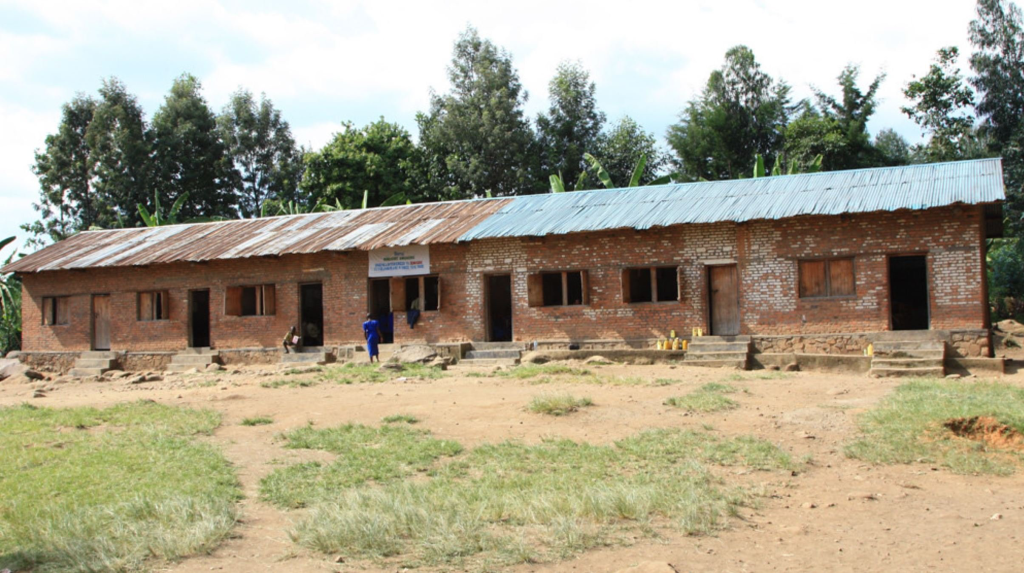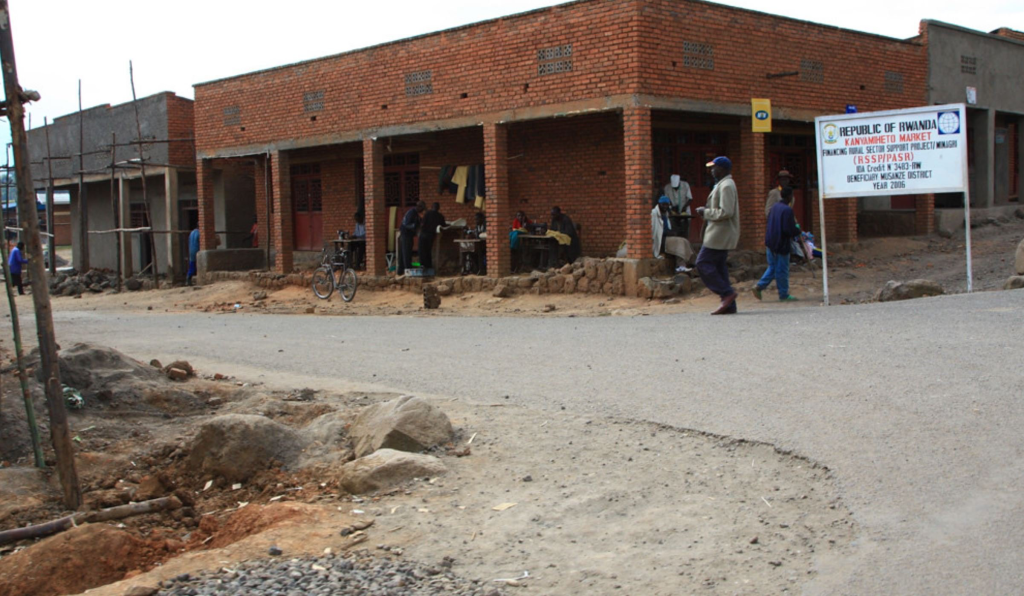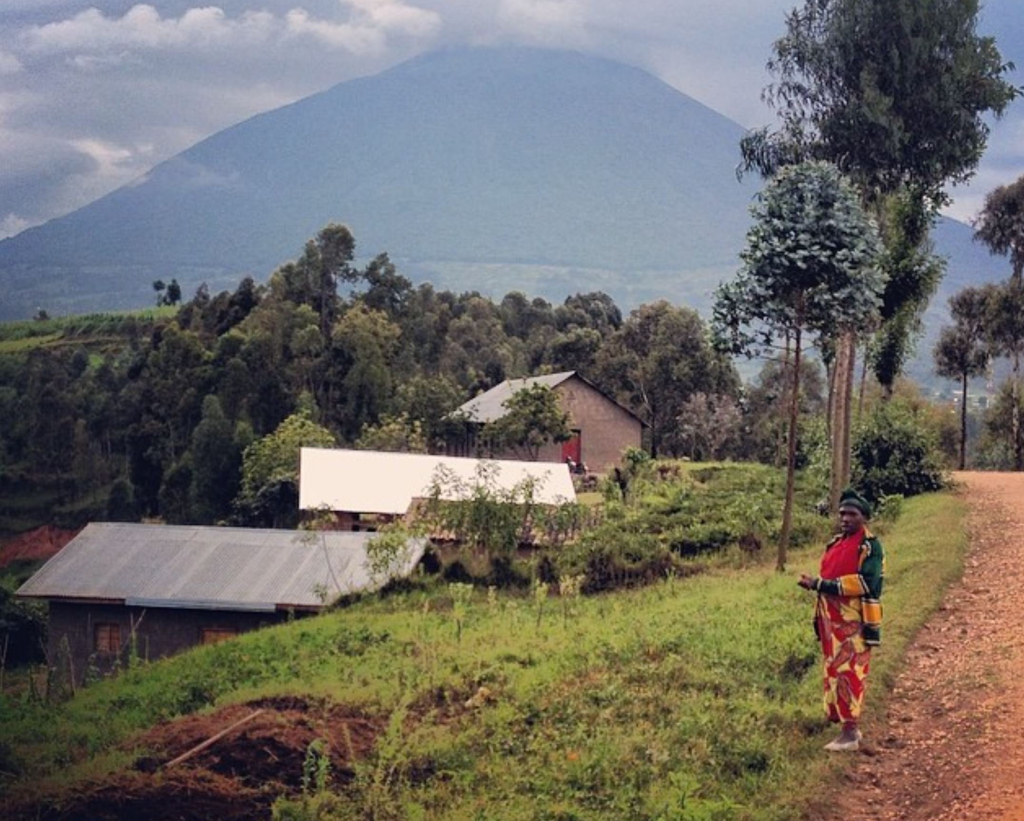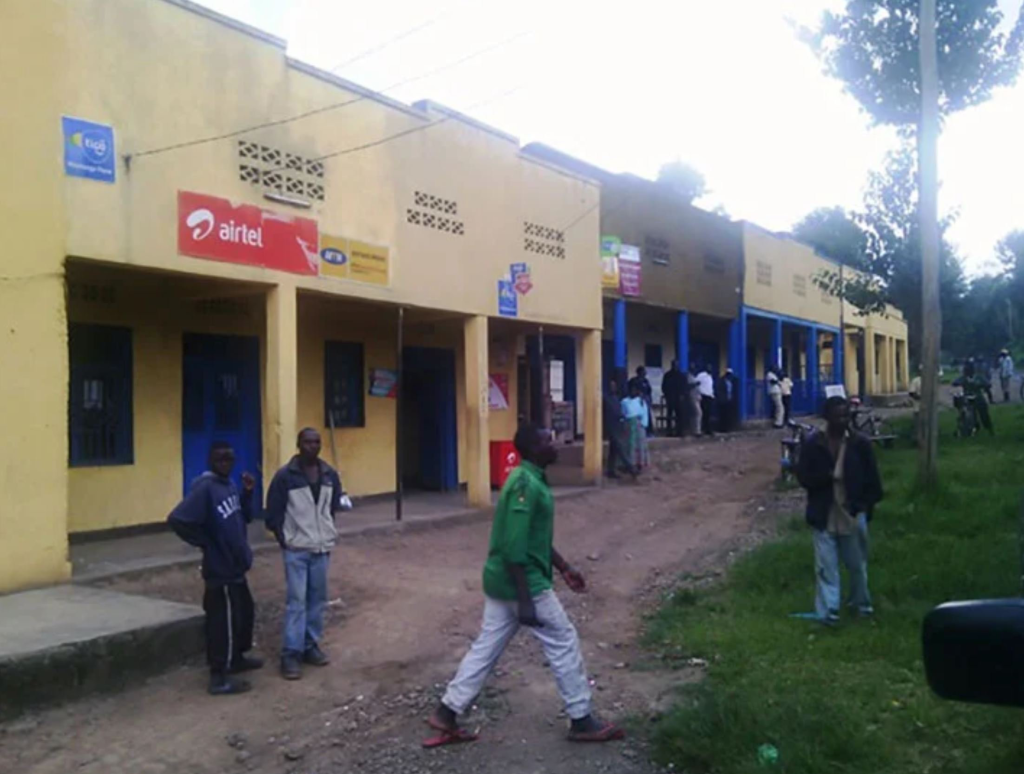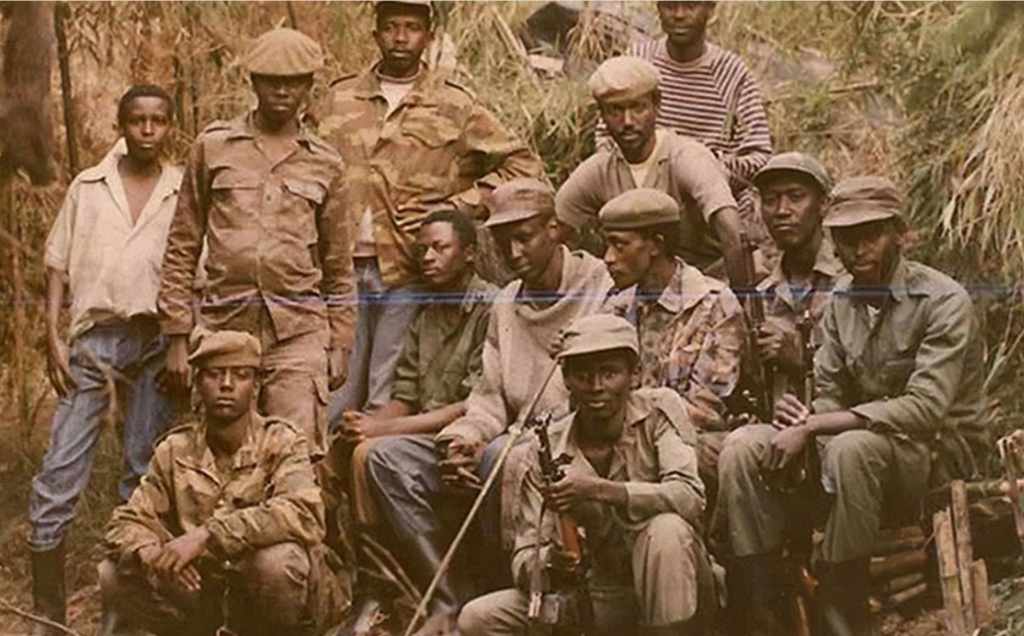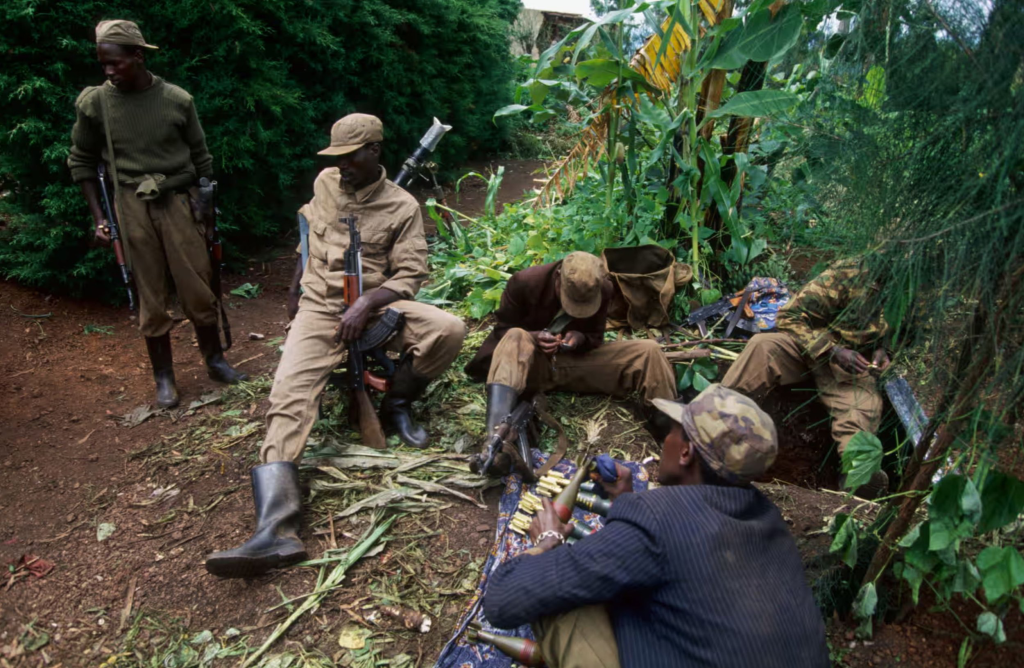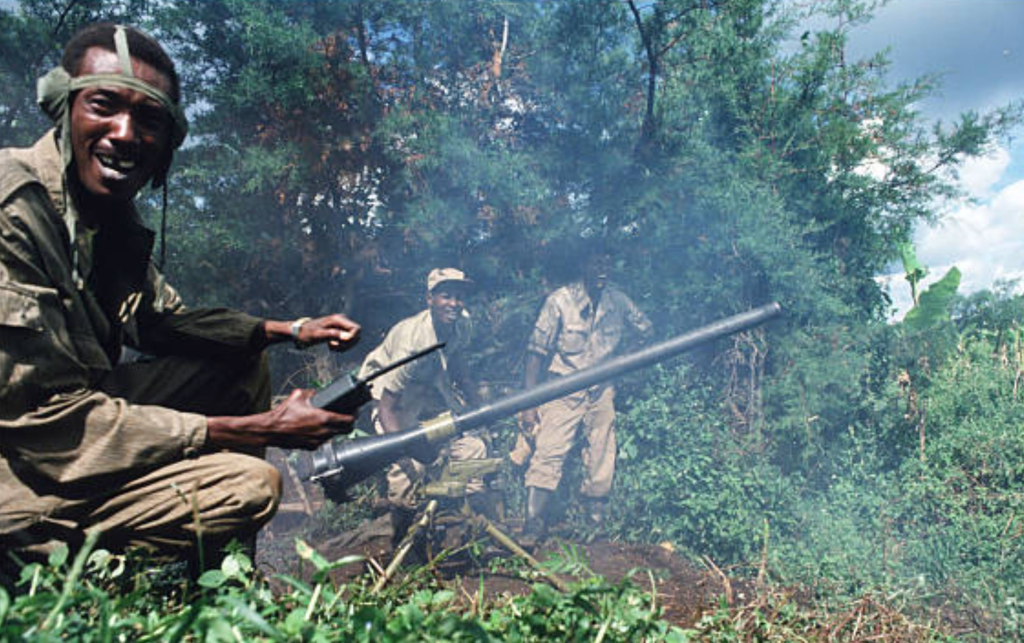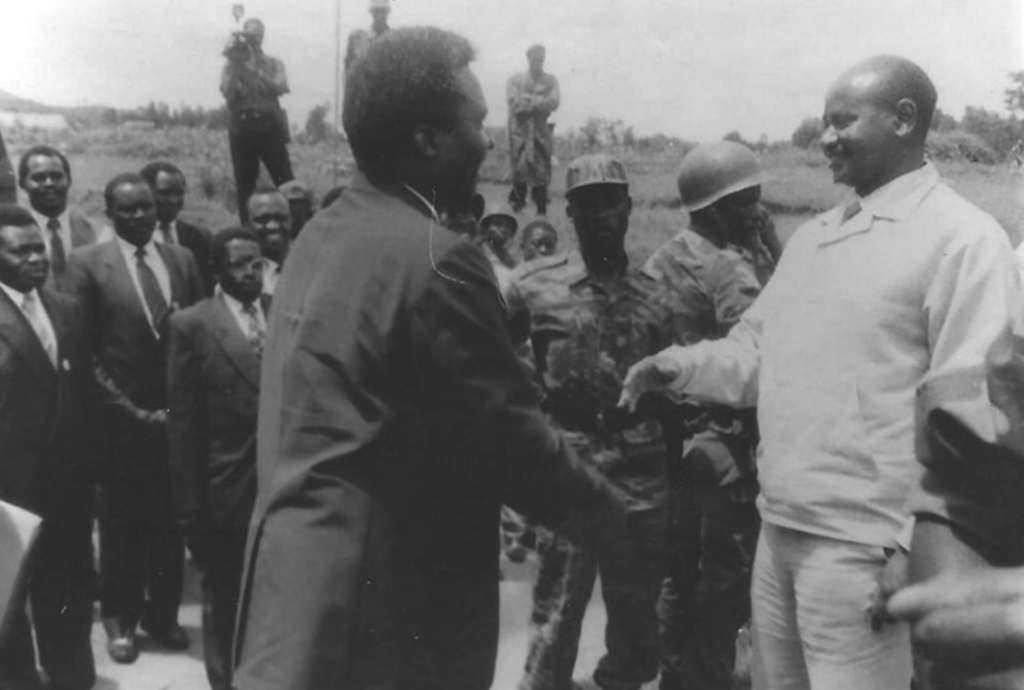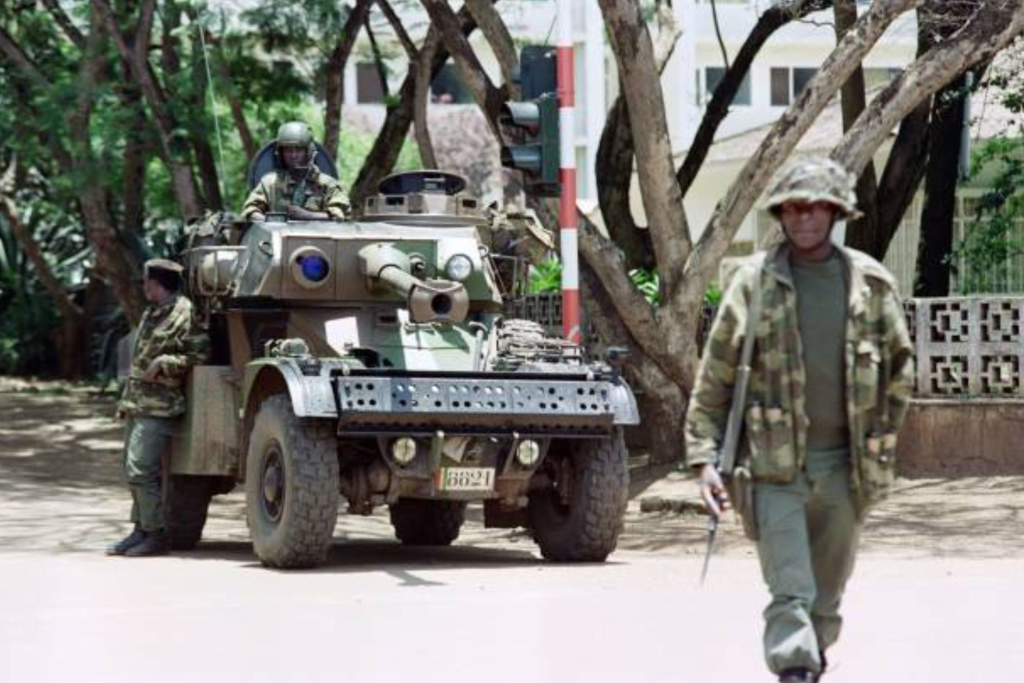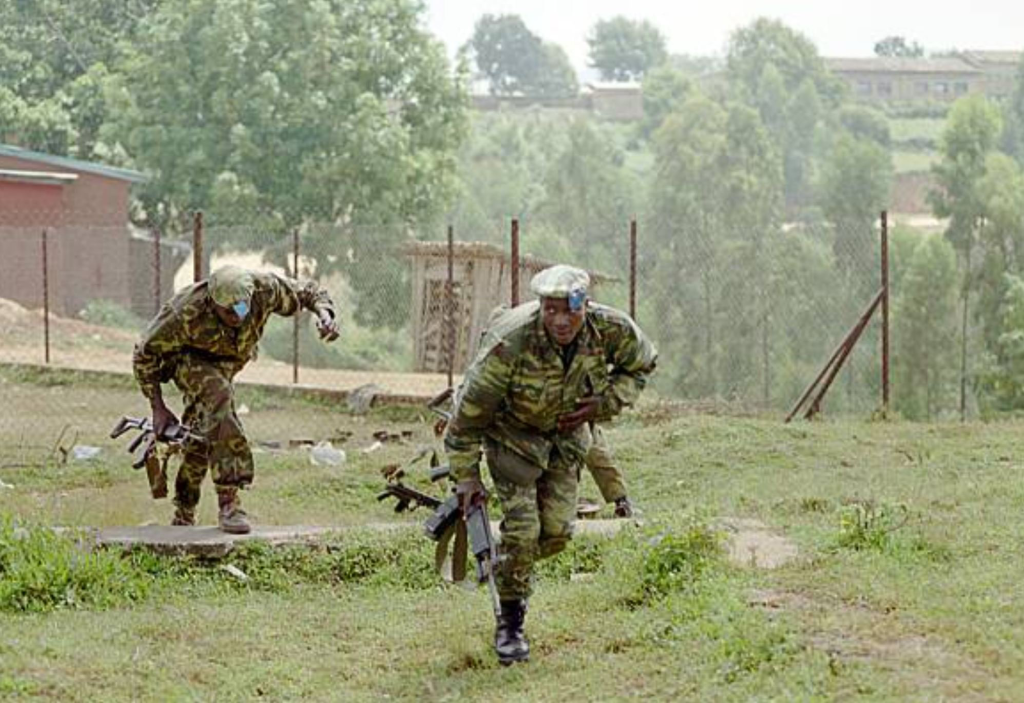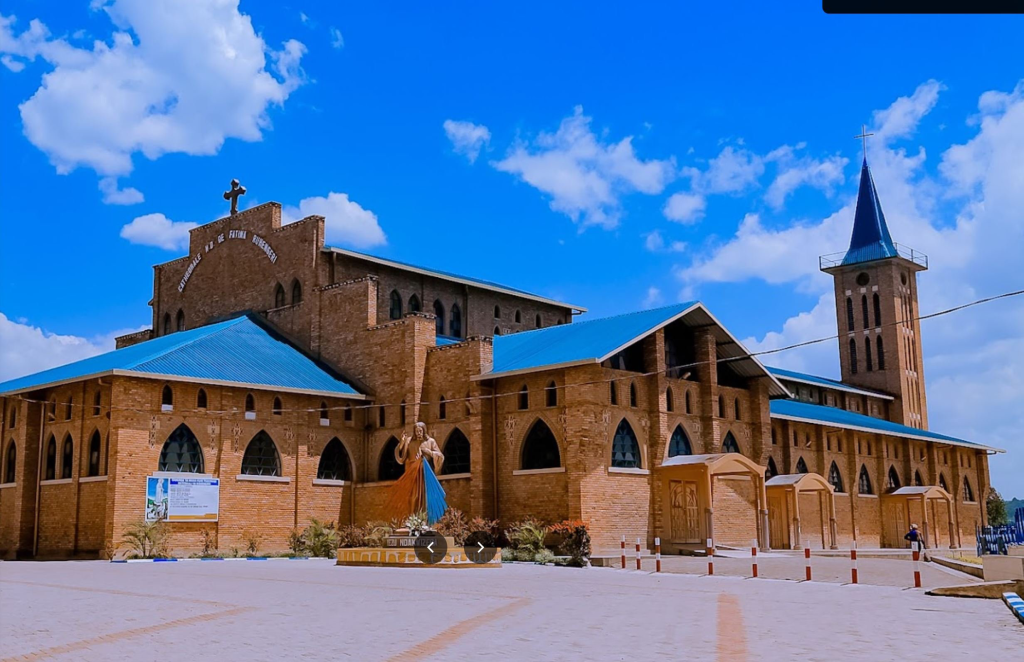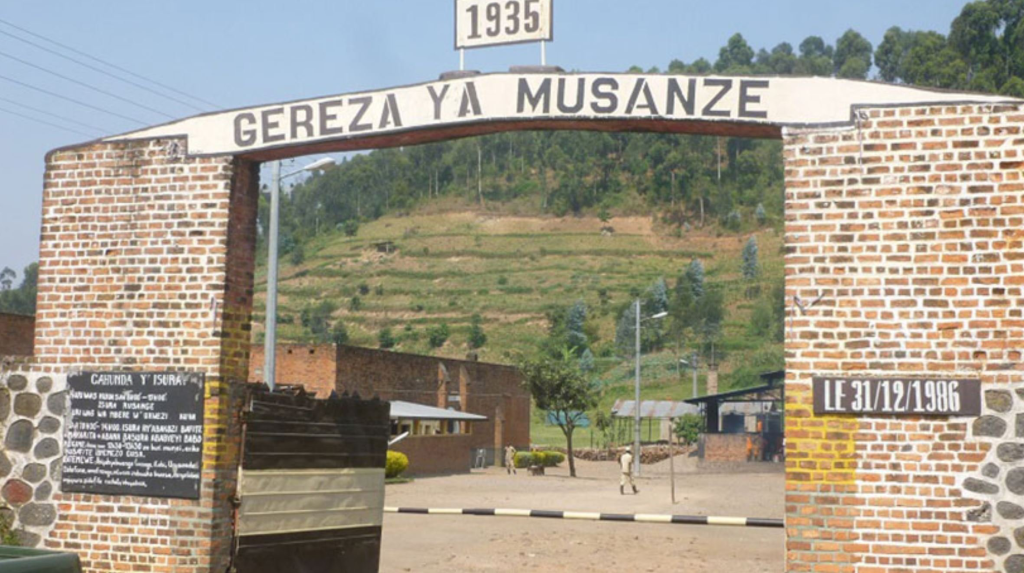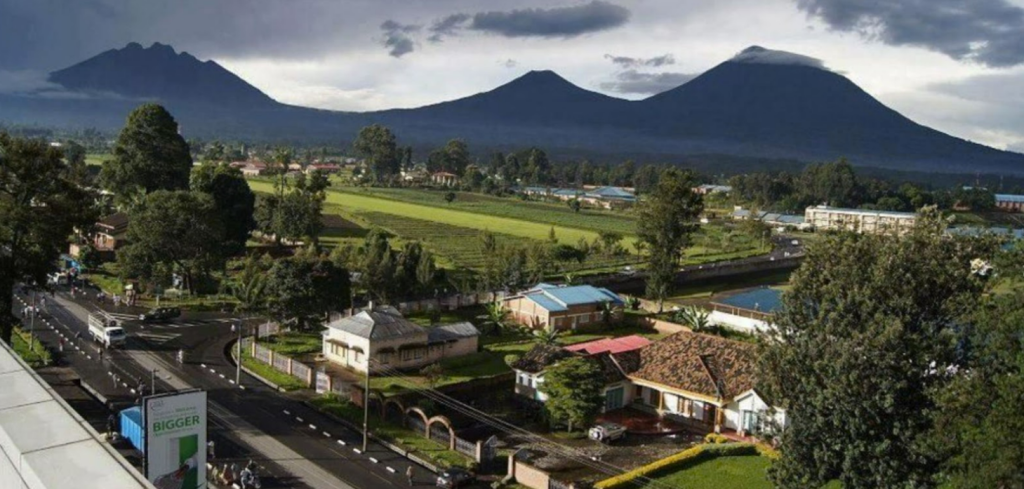On that memorable day, the role of referee belonged to none other than Desire Ndatinya, the esteemed director of the Kinigi School District. Despite his lofty title, Desire harbored a deep love for sports, which led him to officiate our crucial match between my primary school and Nyange Primary School. His presence added an extra layer of significance to the event. As the clock inched towards 2:45 pm, both teams assumed their positions, and there I stood, guarding the goal, a position I had come to know well, especially against formidable opponents like Nyange. The atmosphere crackled with electricity as exuberant fans and spirited cheerleaders ignited the crowd. Vuvuzelas blared deafeningly, and dancers pounded the ground with unrestrained fervor. The palpable anticipation hung in the air, and as the goalkeeper, I couldn’t help but be consumed by nerves, questioning whether I would meet the expectations of my teammates and, more importantly, our devoted fans. These spectators hailed from various schools that hadn’t secured a place in the finals, and their hopes and dreams rested heavily on my shoulders. As the team captain and goalkeeper, I had played a pivotal role in guiding us to the semi-finals, and the weight of responsibility pressed down on me, leaving no room for error.
Our ultimate goal was not just to reach the finals but to emerge victorious against Kampanga Primary School, a formidable team in the region, known for its consistent success in inter-school tournaments, thanks to generous sponsorship from Canadian communities and the beloved Father Guy Pinard, born in Trois-Rivières, Quebec, who had dedicated over half a century to serving the Kampanga Catholic Parish and was dearly cherished by the community. Despite the formidable opponent and the distraction tactics employed by the Nyange team’s strategically placed cheerleaders behind me, I was unyielding as a stone, focused as a buffalo, and agile as a monkey. Our eyes were locked on the coveted trophy, and we were determined to claim it.
When the Nyange Football team cheerleaders took their positions behind me, a mix of emotions washed over me—both fear and happiness. My heart was elated because among those cheerleaders was Leah, my first love, and seeing her there brought a rush of joy. Leah happened to be the younger sister of my best friend and deskmate, Karekezi Samuel, a remarkably bright and talented individual. Much like myself, Samuel had the rare ability to play with both feet, leaving opponents bewildered about whether he was naturally left or right-footed. Regardless of the angle from which the ball came, he had the knack for finding the net. Samuel was one of our top strikers, and his speed on the field was matched only by his quiet, yet brilliantly comedic personality off it.
As the match gained momentum, the atmosphere around us swelled with resounding cheers and spirited singing that emanated from behind me. Occasionally, I couldn’t resist stealing glances, and whether by design or accident, our eyes would inevitably meet. In those moments, Leah would respond with a reassuring smile and a subtle love sign, a wordless assurance that our connection was rooted in the spirit of the game, with no personal animosity. Her fellow cheerleaders were keenly aware of the unspoken bond between us, and whenever I glanced their way while they passionately cheered for their team, they’d exchange knowing glances and share a light-hearted laugh. In unison, they’d sing, “Twad” (my football nickname), “your love for football belongs to the game and the pitch, but your heart belongs to Leah.”

